It’s time for some cranberry, pumpkin, apples, and everything spiced! Sweater season is here which means we’re hungrier than ever. Want to know what food to cook this Fall? Keep on reading!
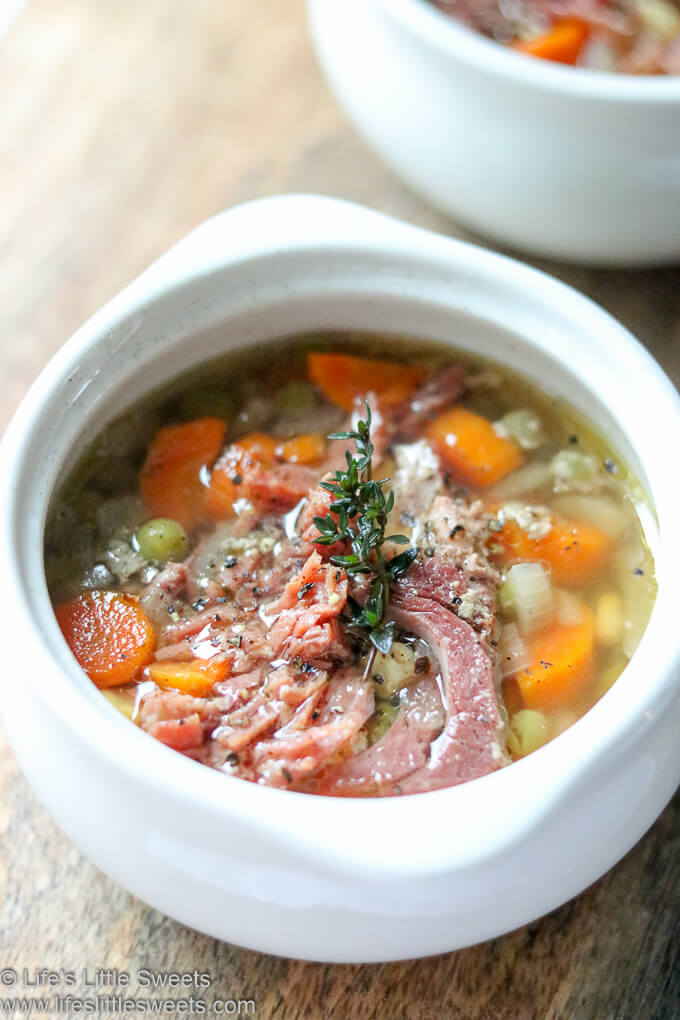
Omnivore loving vegan, gluten-free & beverage recipes

Fall Food Lists Recipes By Season
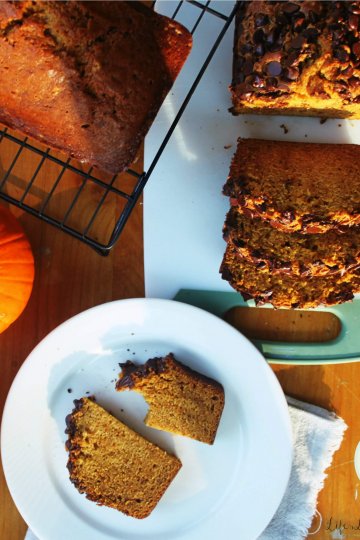
Any Season April August breads brunch recipes December Desserts Entertaining Fall February Food January July June March May November October Recipes Recipes by Diet Lifestyle Recipes By Month Recipes By Season September Spring Summer Sweet Vegetarian Recipes Winter
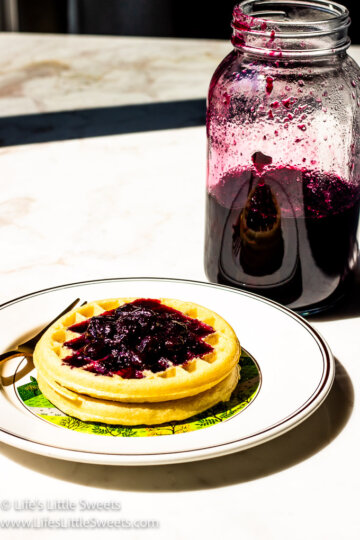
Any Season April August December Events Fall February Food January July June March May Northeast November October Recipes by Diet Lifestyle Recipes By Month Recipes By Season September Spring Summer Summer Solstice Sweet toppings USA Region Vegetarian Recipes Winter

Desserts Food July June Popular Recipes Recipes Recipes by Diet Lifestyle Recipes By Month Recipes By Season Summer Sweet Vegetarian Recipes
Sara is an architectural designer turned work-at-home Mom. She lives in New Jersey by way of New England and New York, with her husband and 3 kids under 8. She loves design, being creative, and spending time with family and friends. She loves checking out local businesses and eats and being apart of the local farm to table community. Continue Reading

It’s time for some cranberry, pumpkin, apples, and everything spiced! Sweater season is here which means we’re hungrier than ever. Want to know what food to cook this Fall? Keep on reading!
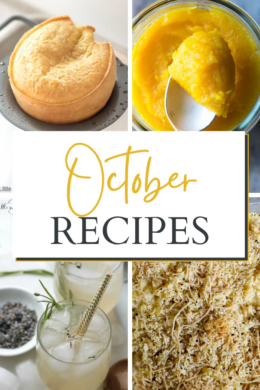
October means fall is upon us. This might be the season that you’re craving for some warm pies, pumpkin bread, and cold drinks — like wine for example. Or simply just some coffee or tea for those who don’t want to go in the alcoholic route.

Are you looking for some refreshing drink to beat out the hot summer heat or do you just want to try a few new dishes on the grill for July?
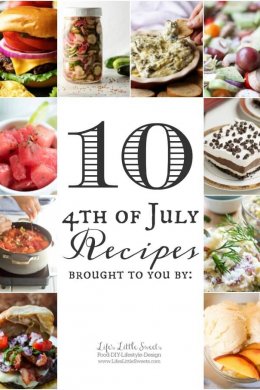
Here are 10 4th of July Recipes! We got you covered from savory family style main dishes, sides to sweet dessert options. *This post was originally published on 7/2/2018 and updated 6/23/2019 Hello Everyone! Independence Day, better known as 4th of July is upon us, so what are you making for this classic American holiday?...





This post may contain affiliate links. Please read my disclosure policy
Estimated reading time: 6 minutes
Cooking and baking are all about using the right ingredients. When it comes to oils, it's essential to understand the different types available in the market and how they can impact the final outcome of your dish. From the type of flavor, they impart to their smoke point and health benefits, every cooking oil has its unique characteristics. We will dive into the world of cooking oils and explore the major types of oils used in cooking and baking. Whether you're a seasoned chef or a beginner, this guide will help you make informed decisions about which oil to use for your recipe. So, let's get started and discover the various cooking oil types!

As someone who loves to cook and bake, I know how important it is to use the right ingredients. One of the most crucial ingredients in any recipe is oil. Cooking oils can affect the taste, texture, and health benefits of your dish. That's why it's essential to understand the different types of oils used in cooking and baking. In this blog post, I will cover all the major types of oils used for cooking and baking, and what they are used for.

Olive oil is one of the most popular cooking oils and is widely used in Mediterranean cuisine. This oil is made from pressed olives, and it comes in different varieties, such as extra-virgin, virgin, and refined. Extra-virgin olive oil is of the highest quality and has a fruity flavor and aroma. It's great for salad dressings, dips, and drizzling over grilled vegetables or bread. Virgin olive oil has a milder flavor and is perfect for sautéing or roasting. Refined olive oil has a higher smoke point and is suitable for high-heat cooking like frying.
Coconut oil is a tropical oil that's extracted from the meat of mature coconuts. It has a unique flavor and aroma that pairs well with Asian and Caribbean dishes. This oil is high in saturated fat, which makes it solid at room temperature. It's an excellent choice for baking because it adds moisture and richness to cakes, cookies, and bread. Coconut oil is also great for stir-frying and roasting.
Corn oil is a type of vegetable oil that's made from the germ of corn kernels. It has a mild flavor and a high smoke point, which makes it a versatile cooking oil. Corn oil is commonly used for frying, sautéing, and baking. It's also a popular choice for making homemade popcorn. Corn oil is high in polyunsaturated fats and low in saturated fats, making it a healthy option for cooking.
However, it's important to note that most corn crops in the United States are genetically modified. If you prefer non-GMO products, make sure to look for corn oil that's labeled as non-GMO or organic. Additionally, some people may have a corn allergy, so it's important to be aware of any potential food allergies before using corn oil in your recipes.
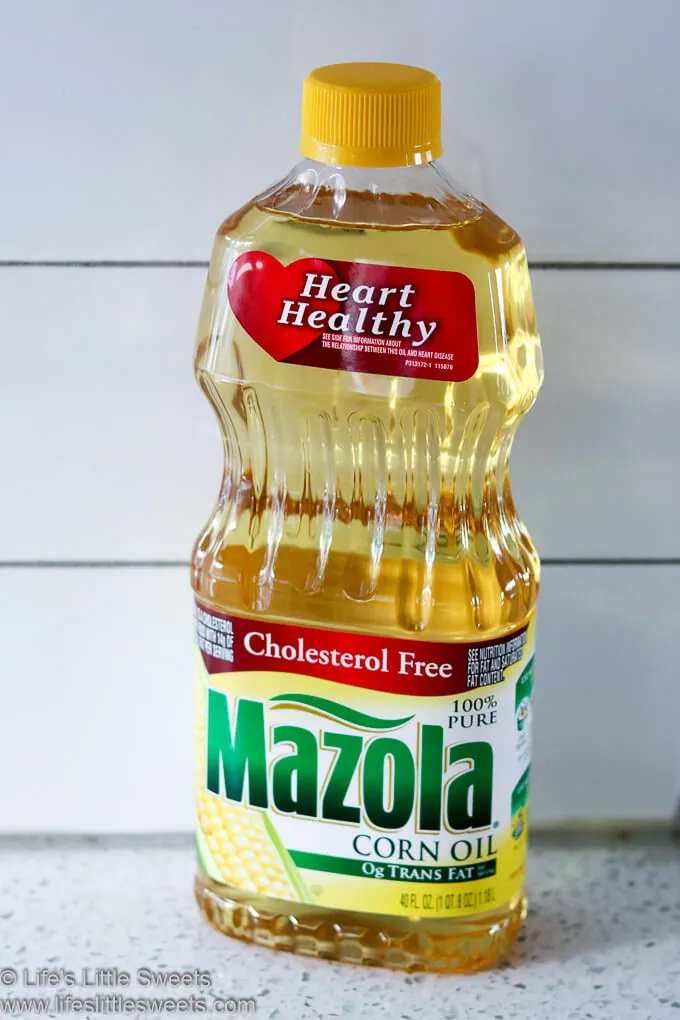
Canola oil is a type of vegetable oil that's made from rapeseed. It has a neutral flavor and a high smoke point, making it an excellent all-purpose cooking oil. Canola oil is great for frying, roasting, and baking. It's also a healthier option compared to other vegetable oils because it's low in saturated fat and high in omega-3 fatty acids.
Avocado oil is made from pressed avocados and has a mild, buttery flavor. It's high in monounsaturated fat, which makes it a heart-healthy choice. Avocado oil has a high smoke point and is perfect for high-heat cooking like searing and grilling. It's also great for making salad dressings and dips.
Peanut oil is a type of vegetable oil that's made from peanuts. It has a nutty flavor and is commonly used in Asian cuisine. This oil has a high smoke point and is perfect for frying, stir-frying, and roasting. Peanut oil is also great for making homemade mayonnaise and salad dressings.
Sesame oil is a flavorful oil that's made from toasted sesame seeds. It has a nutty flavor and is commonly used in Asian cuisine. This oil has a low smoke point and is not suitable for high-heat cooking. Sesame oil is great for stir-frying, marinades, and dressings.
Grapeseed oil is made from the seeds of grapes and has a neutral flavor. It's a great all-purpose cooking oil that's perfect for frying, baking, and sautéing. Grapeseed oil has a high smoke point, which makes it ideal for high-heat cooking.
Choosing the right cooking oil for your recipe can make a huge difference in the taste and texture of your dish. Each type of oil has its unique flavor, smoke point, and health benefits. By understanding the different types of oils used in cooking and baking, you can make informed decisions about which
Legal Disclosure: The information provided in this blog post is for educational and informational purposes only. The content is not intended to be a substitute for professional medical advice, diagnosis, or treatment. Always seek the advice of your physician or other qualified healthcare providers with any questions you may have regarding a medical condition. Additionally, the statements regarding the health benefits of the various cooking oils discussed in this article have not been evaluated by the Food and Drug Administration. The efficacy of these products is not confirmed by FDA-approved research. The information in this article is not intended to diagnose, treat, cure, or prevent any disease. Any reliance you place on the information presented in this article is strictly at your own risk. The author and the website owner will not be liable for any losses, injuries, or damages arising from the use of this information.
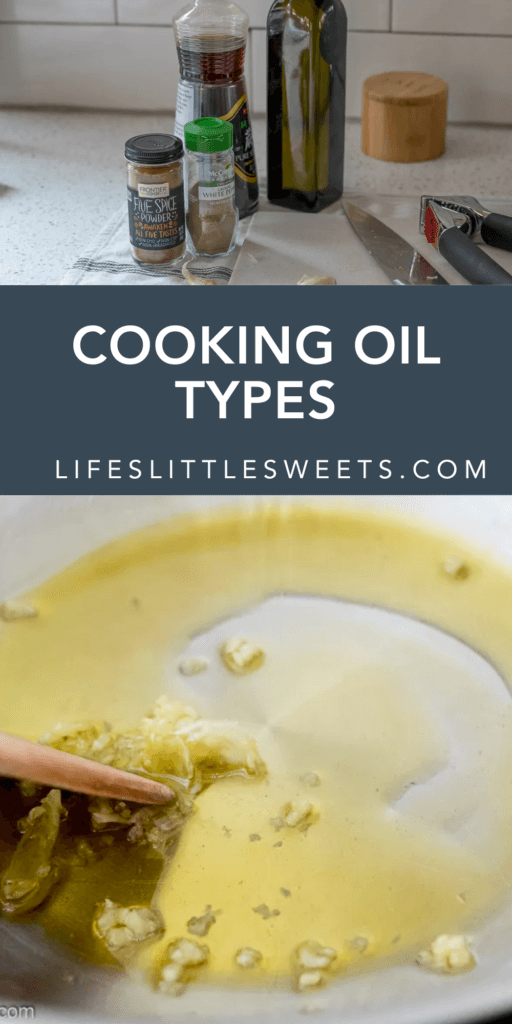
This site uses Akismet to reduce spam. Learn how your comment data is processed.
Leave a Reply
You must be logged in to post a comment.